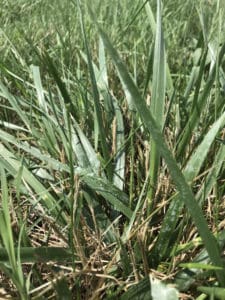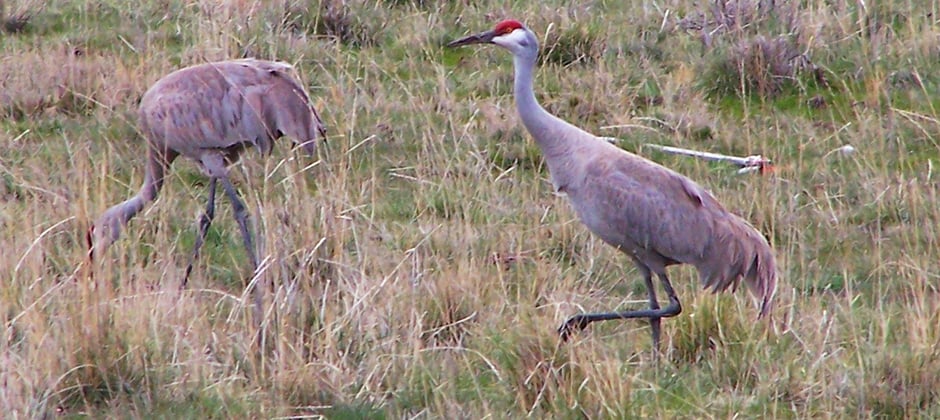Share this article
Wildlife repellent trialed at U.S. airports
Since the beginning of aviation, wildlife strikes—and bird strikes in particular—have posed a hazard to human health and safety. Unfortunately, the potential for wildlife collisions with aircraft continues to increase as flight technology advances and as civil and military aviation expands. By deterring wildlife use of airfields and keeping airspaces free of wildlife, wildlife repellents are a viable, nonlethal approach to reducing the potential for wildlife collisions with aircraft.
To reduce bird strikes and human-wildlife conflicts in airport environments, USDA’s Wildlife Services’ operational programs, in collaboration with Wildlife Service’s National Wildlife Research Center, coordinated trials of a wildlife repellent at cooperating airports. In 2021, trials took place in Washington, Oregon, South Dakota, Oklahoma, Wisconsin, Michigan, Virginia, North Carolina and South Carolina.
In November 2020, the Environmental Protection Agency registered the repellent Flight Control Max for use at U.S. airports. Manufactured by Arkion Life Sciences LLC, the repellent uses anthraquinone, a naturally occurring compound found in many plants, as its active ingredient. When eaten, it causes nonlethal, digestive upset meant to deter subsequent feeding behavior. NWRC researchers have previously observed anthraquinone-based repellency in species of wild birds, rabbits and some rodents.

The whitish spots show Flight Control Max persisting on treated vegetation after 6 inches of rain fell within a week of its application.
Credit: Clay Mealman/USDA-APHIS-Wildlife Services Virginia
The 2021 trials were designed to develop best management practices for repellent applications in airport settings. To develop these practices, Wildlife Services airport biologists identified and resolved technical issues associated with repellent applications, and they conducted wildlife surveys on repellent-treated and untreated areas in the airfields. After trials were completed at four airports, biologists observed repellency in Canada geese (Branta canadensis), sandhill cranes (Antigone canadensis) and several small birds. No repellency has been observed in Eastern meadowlarks (Sturnella magna) and migratory mourning doves (Zenaida macroura) associated with these airport trials.
Wildlife Services will continue trials in the remaining airports through the winter of 2021-2022. Based upon promising results of the 2021 trials, National Wildlife Research Center researchers are planning supplemental research regarding the effectiveness of Flight Control Max at cooperating airports in 2022 and 2023.
Header Image: Sandhill cranes appear near an airport. Wildlife Services biologists found sandhill cranes respond to a nonlethal repellent. Credit: Bryant Olsen








